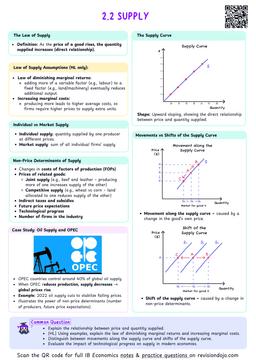Constraints on monetary policy
Monetary policy is not always effective due to constraints such as:
- Limited scope of reducing interest rates, when close to zero
- Low consumer and business confidence
- Inability to deal with cost-push inflation
Limited scope of reducing interest rates, when close to zero
- When the central bank wants to employ an expansionary monetary policy by reducing interest rates, it cannot lower interest rates below 0%.
- Thereby, if the central bank does not achieve its goal before the interest rate reaches 0%, then monetary policy may become ineffective.
During the 2008 financial crisis, many central banks reduced interest rates to near zero. However, the economies did not recover quickly as the interest rates drops near zero did not incentivise consumers or investors to spend significantly more.
Low consumer and business confidence
- Even with low interest rates, if confidence is low about the future economic conditions, people may still avoid borrowing and spending money.
- For example, businesses may delay investments if they are uncertain about the economic outlook.
- Therefore aggregate demand may not increase, hence making monetary policy ineffective.
During the COVID-19 pandemic, despite low interest rates, many businesses and consumers held back on spending due to uncertainty about the future.
Inability to deal with cost-push inflation
- Since monetary policy is a demand-side policy, it has limited impact on dealing with cost-push inflation.
- This is because the increase in cost of production involves a shift in short-run aggregate supply, not aggregate demand.
Strengths of monetary policy
Monetary policy can be a very effective policy because it can:
- Be incremental, flexible and easily reversible
- Have short time lags
- No budget constraints


